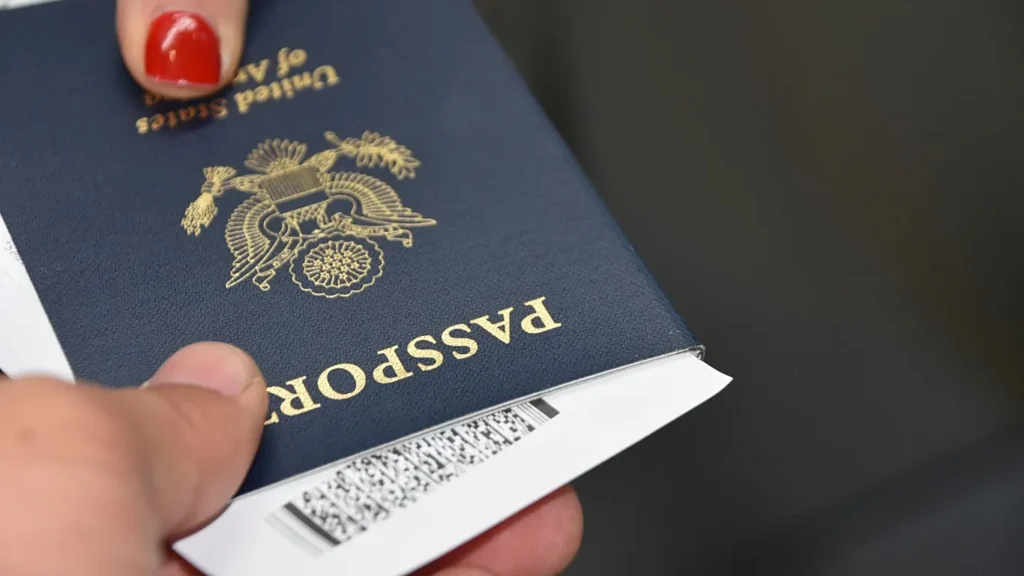EU Clarifies Myths Surrounding New Entry-Exit System Ahead of October Rollout

Brussels, The Gulf Observer: As the European Union prepares to launch its new Entry-Exit System (EES) this October, officials are working to dispel widespread misconceptions about what the six-month rollout will mean for non-EU travellers, including British citizens.
The EES, which will replace manual passport stamping with a digital registration system, is designed to record entry and exit data for all non-EU nationals entering the Schengen Area. Its primary aim is to strengthen border security, track overstays, and streamline border crossings. However, speculation and misinformation have given rise to confusion, particularly among UK travellers.
One of the most prominent claims is that British nationals will need to provide proof of travel insurance to enter the EU under the new system. Nigel Farage, leader of the Reform UK party, recently suggested such a requirement. But the European Commission has confirmed that this is false. The EES will not alter existing entry requirements, which remain the same as those introduced after Brexit. Travellers may still need to justify their visit, show proof of funds, accommodation bookings, and evidence of return or onward travel — but no insurance documentation will be required.
Another misconception is that UK citizens will need a visa once the EES is operational. In reality, travellers from visa-exempt countries, including the UK, will continue to enjoy short stays of up to 90 days within a 180-day period without a visa. The EES simply digitises the border process; it does not introduce new visa obligations. Confusion has arisen partly because of the upcoming European Travel Information and Authorisation System (ETIAS), which will take effect in late 2026. ETIAS, however, is not a visa but a pre-travel authorisation similar to the US ESTA system.
Finally, some critics have suggested that the EES is a punitive measure aimed specifically at the UK in the aftermath of Brexit. EU officials reject this claim, stressing that the system is a bloc-wide initiative applying equally to all non-EU nationals. Its implementation is intended to modernise border controls and ensure adherence to existing Schengen rules, particularly the 90-day travel limit.
With the October launch approaching, European authorities emphasise that the EES is not intended to make travel more difficult but to improve efficiency, security, and fairness at borders.


